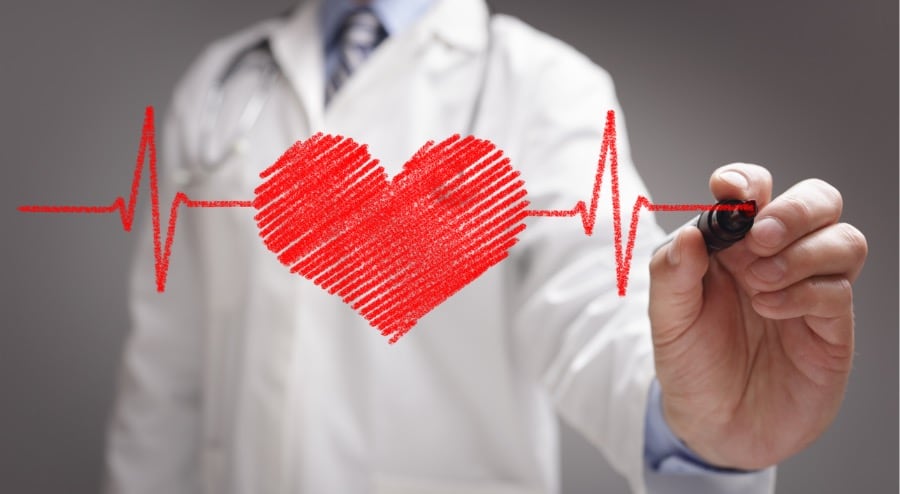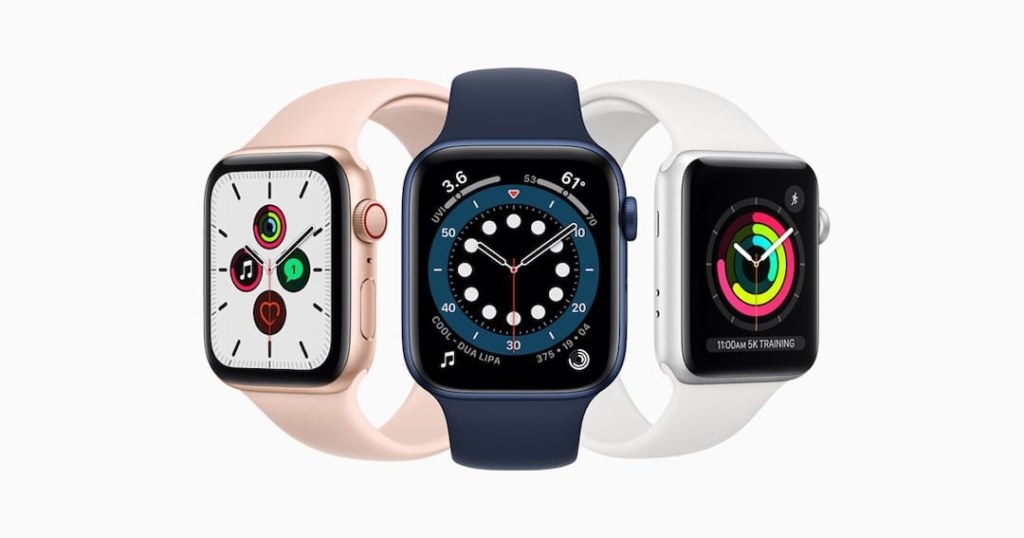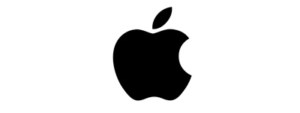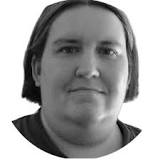The Apple Watch is the best-selling wearable device in the world. Just like many other wearable devices, it can track a variety of health issues. In fact, it’s been approved as a medical device by the FDA. Older adults may even use it as a medical alert system. But how does it compare to the other medical alert smartwatches and the best medical alert systems? Read below to see which one is right for you.
How can you use the Apple Watch as a medical alert?
A variety of different apps and built-in features are available to use as an Apple Watch medical alert. Here are some things the most recent Apple Watch series can do.
Fall Detection

Every Apple Watch model after series 4 features a fall detection sensor. If you enter your age during setup as 55 or older, it’s automatically turned on. If you’re younger than that and still want the feature, it can be turned on by going to the Emergency SOS slider and selecting the fall detection feature. When the automatic fall detection feature is engaged, the watch will monitor for a loss of balance and a subsequent drop. If both of those occur, the Apple watch band will tap the wrist, display an alert, and sound an alarm. The user can then either tell the watch that it’s a false alarm or can call emergency responders. If the user doesn’t respond but is still moving, the watch will wait for the user to respond. If it’s been a minute and the Apple watch medical alert can’t detect any movement, it makes an emergency call.
SOS

The Emergency SOS health app can call 911 for you. To use it, you hold the watch’s side button and either wait for the Emergency SOS slider to appear or hold the side button down for long enough to trigger the automatic call feature.
Heart Rate Monitoring

The heart rate app for the Apple Watch can be set so if the user’s heart rate goes above or below a certain number of beats per minute, an alert is generated.
The latest Apple Watch OS offers an app that detects an irregular heart rhythm known as atrial fibrillation (AFib). AFib can be a sign of heart problems and an increase in stroke risk. To use it, you go into the health apps and into the heart section and enable irregular rhythm notifications. If the heart rhythm of the user goes into a pattern suggesting AFib and several readings confirm it, the app informs you and advises you to see a doctor.
A more detailed ECG app uses an electrical heart sensor to record an electrocardiogram that can be generated when the wearer wants to see it. To use it, you open the ECG app, rest your arms in your lap or on a table, hold your finger on the digital crown, and wait 30 seconds. A normal rhythm is “sinus rhythm.” The reading will tell if you have an increased or decreased heart rate, signs of AFib, or it will declare the readings as inconclusive. If a reading is labeled as “poor recording,” it indicates that the recording was not precise enough to get a result, and it should be tried again.
Blood Oxygen Level Monitoring

The Apple Watch 6 series and those after it offer an app that can measure a user’s blood oxygen level from their wrist. A low blood oxygen level means that the lungs are not working properly to exchange oxygen as they should be. (Normal levels are anywhere from 95 percent to 100 percent, and levels are considered concerning if they are below 90 percent.) The Apple Watch app can be accessed under the health settings, under “Respiratory > Blood Oxygen.” Once the app is enabled, it can be used at any time. The user runs the app, positions the wrist so it is flat, and waits for 15 seconds. The medical alert app can also be set up to alert when blood oxygen goes under a certain level.
Pros and Cons of Apple Watch as a medical alert system
Pros
-
The Apple Watch offers a variety of medical alert features.
-
It can be worn on the wrist.
-
It has a variety of other features that can be used in day-to-day life.
-
No subscription is needed.
Cons
-
It can be more expensive than other medical alert systems.
-
It needs an iPhone to work.
-
Some people find it too large to comfortably wear.

How to purchase an Apple Watch
Apple Watches are available at a wide variety of in-person retail and online stores. As well as the Apple site and Apple stores, they can be found on Amazon, at Best Buy, Walmart, and Target.
Choosing the right Apple Watch
If you’re interested in purchasing an Apple Watch, you may think the price for the newest edition is too much for your budget. Though older versions are available for purchase, they may not have all the features you want. Here’s a breakdown of which versions have which features.
All Apple Watch versions offer high and low heart rate notifications, an emergency SOS feature, and sleep tracking. If you’re interested in the blood oxygen monitoring system, you will have to buy at least a series 6 Apple Watch or higher, as it’s not available in any other edition. The ECG app and the fall detection system are only available in series 4 and beyond.

Battery life is identical in all available watches, with up to 18 hours of use. All watches are water-resistant up to 50 meters. The battery can be charged up to 80 percent in an hour in all but the most recent (series 7) where it can achieve the same charge in 45 minutes. Series 3 watches offer 8 GB of storage space, series 4 watches offer 16 GB, and series 5 and beyond offer 32 GB. Every watch from series 4 onward uses similar SiP 64-bit dual-core processors, but they have been modified for each subsequent series.
Watches from series 5 and after are always on display. Display size is smallest for series 3, at 563 square millimeters. Series 4 through 6 have a 30 percent display size, and series 7 is 20 percent larger than series 6. Case size for series 3 is 42/38 millimeters, 44/40 millimeters for series 4 through 6, and 45/41 millimeters for series 7. Some users might find the larger displays easier to read, but other users have said that the larger ones are uncomfortably bulky. Watch bands from any edition can be attached to any other edition.
Apple watches don’t run cheap. The series 7 and series 6 watches are priced at $399. Series 3 is cheaper, but will still cost you $199. The Apple Watch is also designed to work with an iPhone, and if you don’t have one already, investing in both might prove to be too pricey for some individuals’ budgets.
Alternatives to Apple Watch for seniors
More traditional medical alert systems are available for those who aren’t interested in an Apple Watch or think it’s too expensive. Here are some other personal emergency response systems:
- Medical Guardian: This system offers two different home-based systems and three on-the-go alert systems. Costs vary by month and which device you have chosen. There is no trial period and some users have raised complaints about their customer service.
- MobileHelp: This system is best for those who need a medical alert system and stay close to home. It can be used through a landline, cellphone, or through a tablet the company offers.
- Bay Alarm Medical: This system is only $21.95 per month for an at-home system and $29.95 for an on-the-go alert system, making it ideal for those on limited budgets.
- LifeFone: This system offers a remarkable 16 days of battery life in their basic on-the-go system. It doesn’t offer fall protection but includes a caregiver app and excellent customer service.
- Aloe Care Health: This system has a voice-activated base that can monitor motion, air quality and temperature through a related app. Not having to find a phone to make a call is useful for those with mobility restrictions.
- Lively: Certain conditions can cause people to have difficulty using a small smartphone-based medical system. Lively offers a smartphone that uses enlarged icons and simple displays to help with reading and navigating. It has an emergency help button that is in an easy-to-find spot. A telehealth platform is offered as another optional feature.
- HandsFreeHealth: This system is a Bluetooth-based smartwatch that can answer health questions as well as give appointment and medication reminders.
Bottom Line
If you already have an iPhone, the Apple Watch offers a variety of medical alert features as well as other features that you may find useful. It’s easy to wear and doesn’t require a subscription. However, it can be expensive. If you don’t have an iPhone or simply don’t want to invest all your extra money into one, there are other medical alert systems that can be used.
Why You Can Trust Our Expert Review
Our experts independently research and recommend products we believe provide value in the lives of our readers. We’ve spent collectively more than 1,700 hours conducting in-depth research on medical alert systems. To make our picks, here’s what we did:
- Engaged in ongoing independent research
- Consulted with geriatricians and adult caregivers
- Mystery shopped the brands
- Surveyed medical alert system users
- Tested various medical alert systems
- Interviewed experts in the field
- Read hundreds of verified customer reviews from trusted third parties such as Better Business Bureau and
Consumer Reports
How We Reviewed the Apple Watch as a Medical Alert System
We reviewed the Apple Watch based on the following criteria:
- Price of installation and monthly service
- Warranties, contracts, and (whether it has any) hidden fees
- Reliability of monitoring center
- Comfort and wearability of mobile devices
- In-home range of equipment
- Water resistance of wearable devices
- Battery life and recharging requirements
- Ease of installation and use
- Expert opinion
- Customer service accessibility and performance
- Customer satisfaction reviews
- Company reputation
- Special features such as automatic fall detection, smartphone apps for family members, and location tracking



